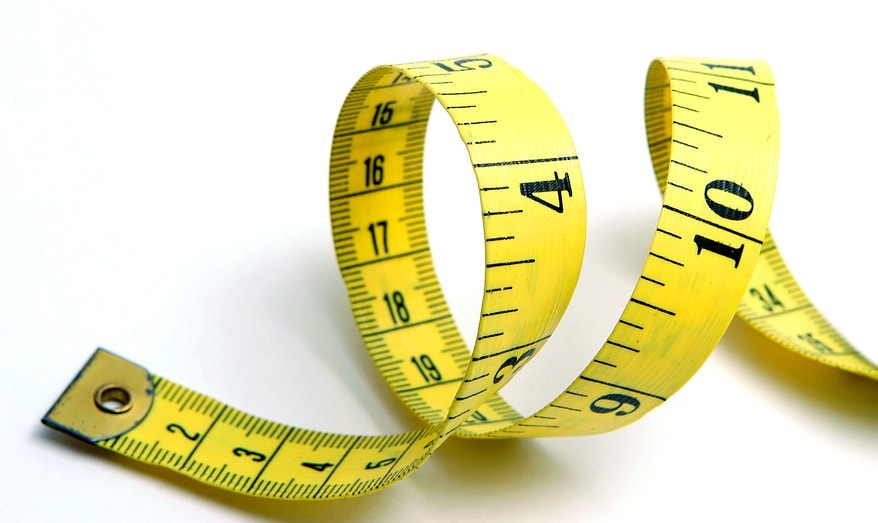 It is not easy for the PR industry to compete in a world where markets and communication channels are evolving so fast. To find out how well it is holding its own, PR agency EML Wildfire surveyed a variety of organisations to benchmark the performance of PR.
It is not easy for the PR industry to compete in a world where markets and communication channels are evolving so fast. To find out how well it is holding its own, PR agency EML Wildfire surveyed a variety of organisations to benchmark the performance of PR.
There are three key areas that were measured. These were:
1. PR business results. The study looked at whether PR is able to demonstrate its impact upon real business outcomes, such as audience behaviour, sales, share price and brand loyalty, over and above its cost to the business.
2. Reputation management. This provides a snapshot of business assets versus liabilities. In PR terms it represents the more intangible asset of goodwill and captures the organisation’s long-term PR health or accumulated PR value.
3. Maturity. Maturity shows how adept a PR organisation is at managing change to ensure it is best optimising its activities.
Debby Penton, Director at EML Wildfire, is encouraged by the results, saying that they reveal how much PR organisations can do to improve their performance in the three key areas listed above. Penton says: “Overall, our study succeeded in providing a useful framework for PR teams to benchmark their effectiveness and importantly to prioritise focus areas to deliver optimal results.”
Discussing one of the key findings, Penton says that it is vital for organisations to have clear goals: “The organisations that are most effective at delivering real business results set clear performance objectives together with plans to achieve them. For PR teams that want to ensure PR activity has a positive impact upon financial performance and sales, improving strategic planning is by far the area of focus most likely to achieve this goal.”
The study also measured how well PR teams performed in ten drivers of success. Key findings from this include:
- While social media and writing skills score very highly, project management skills are slightly less impressive and media pitching skills are weak.
- PR teams are rated best on digital, closely followed by print and social, but TV and radio effectiveness scores are poor, highlighting a “massive” opportunity for PR teams to improve their performance.
Summarising the key results, Penton says: “One of the major findings from this research project is that maturity could well be the key moderator influencing PR effectiveness overall. So, putting in place the processes that allow PR teams to respond quickly to changes in the external communications environment, while still focusing on clear strategic goals, may well define the successful PR function of the future. Just as in the real financial world savvy investors learn to check net cash flow first, so maturity may become the starting point for assessing a PR team’s ability to perform.”
Methodology
Working with Dr Bill Nichols, a former PR agency chairman who now teaches at Buckinghamshire New University and Henley Business School, EML Wildfire surveyed over 80 organisations, from global technology giants to UK and US-based multi-million pound businesses. The hypothesis of 10 drivers were tested: professionalism, leadership, strategic planning, relationships, engagement, creativity, resources, platforms, key techniques, and use of metrics. Download the report.
PRmoment Leaders
PRmoment Leaders is our new subscription-based learning programme and community, built by PRmoment specifically for the next generation of PR and communications leaders to learn, network, and lead.
PRmoment LeadersIf you enjoyed this article, sign up for free to our twice weekly editorial alert.
We have six email alerts in total - covering ESG, internal comms, PR jobs and events. Enter your email address below to find out more:









